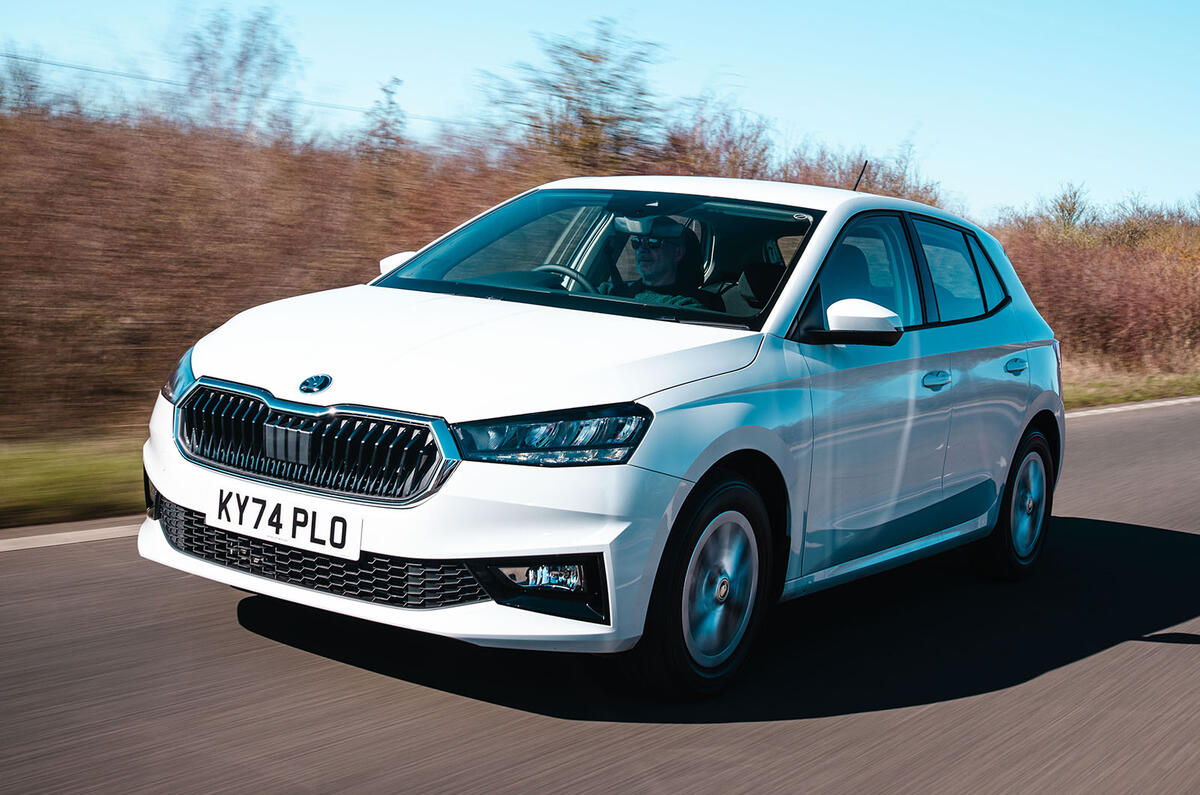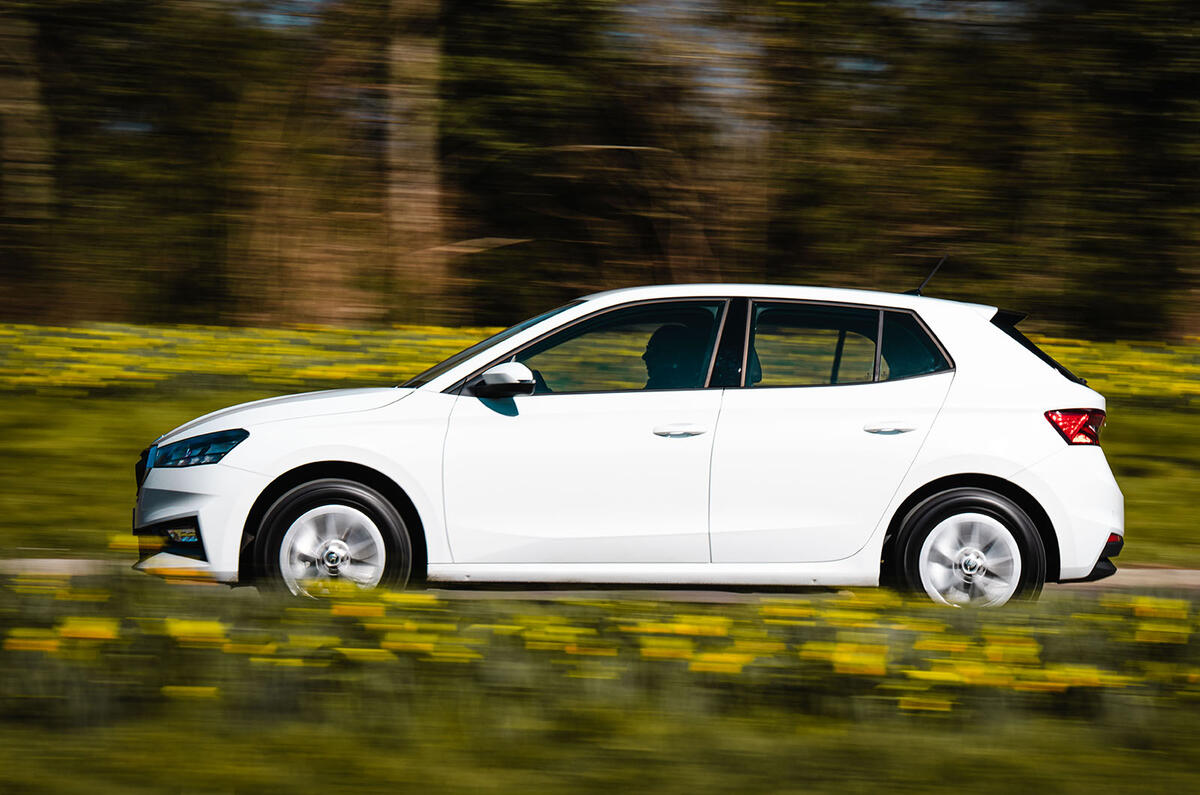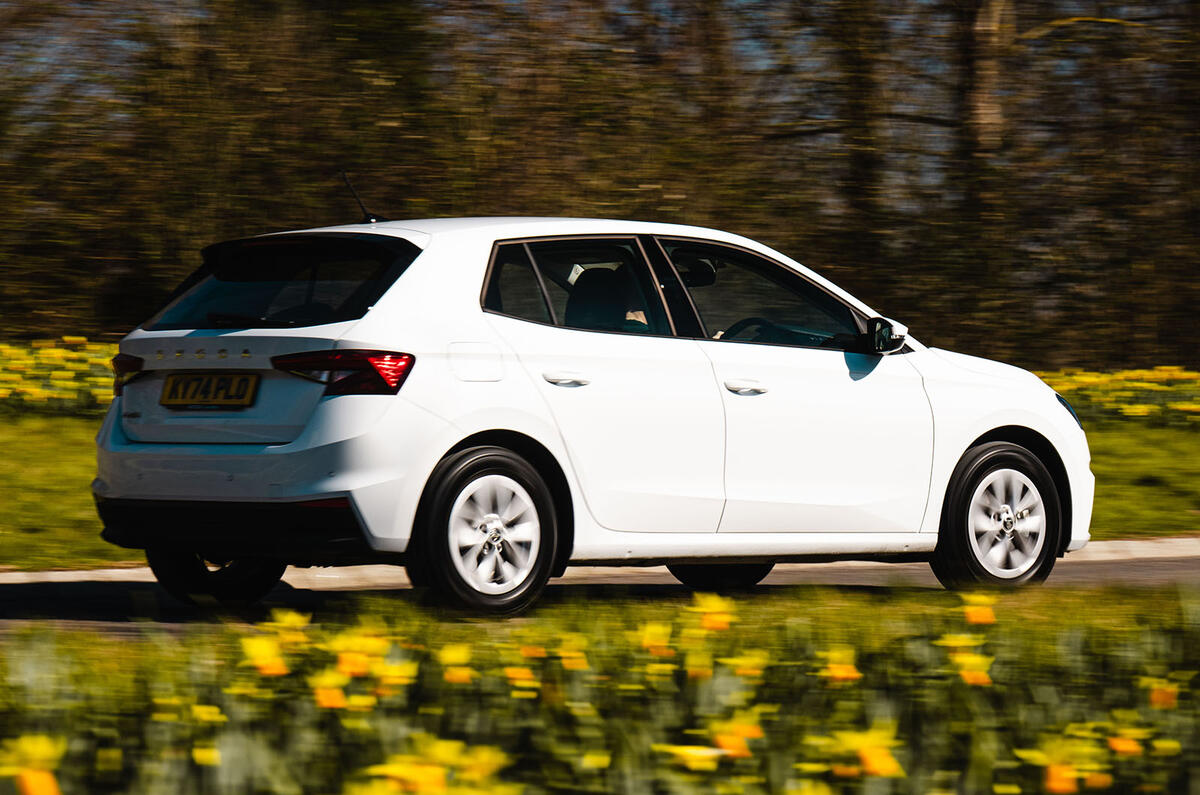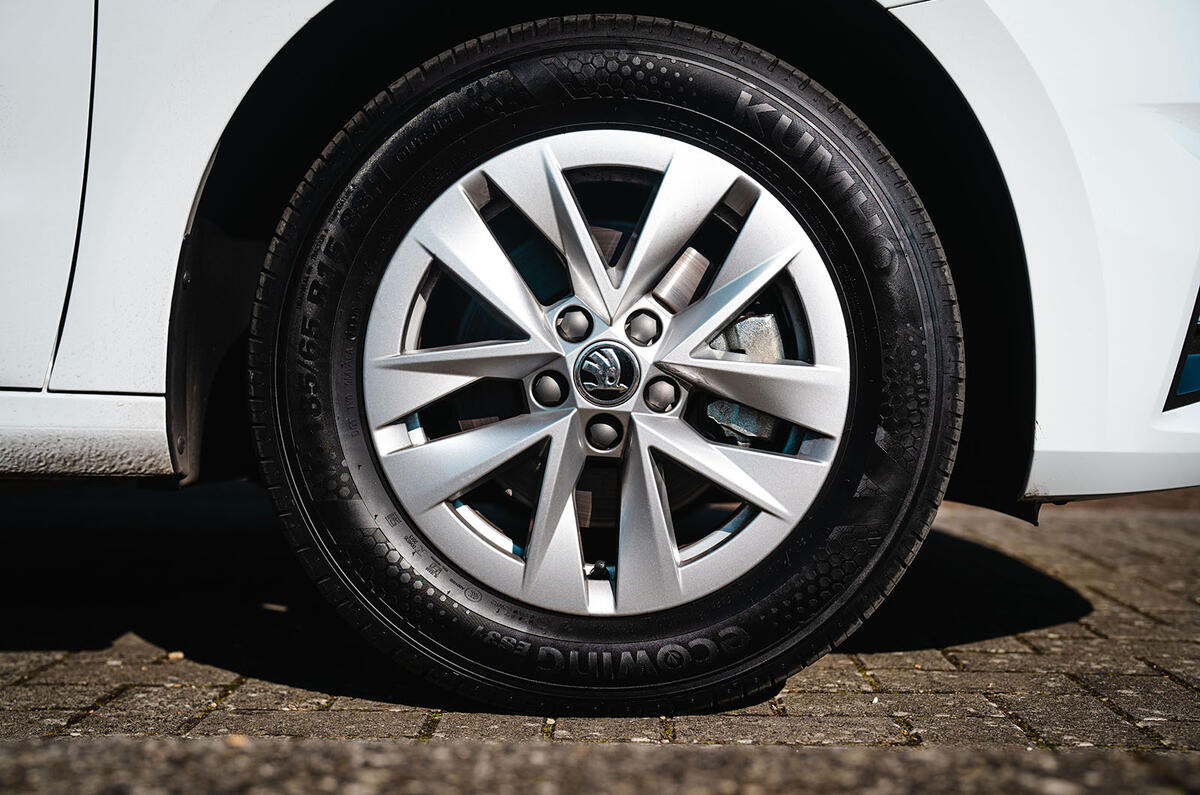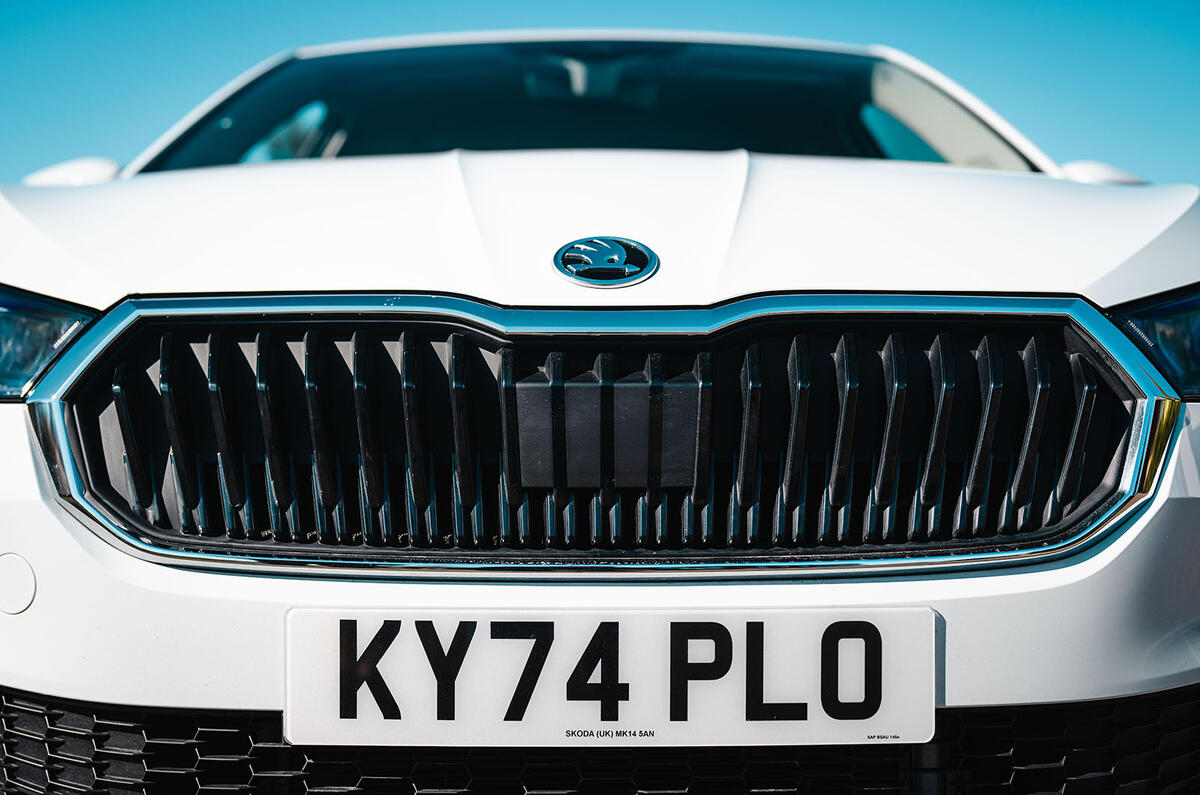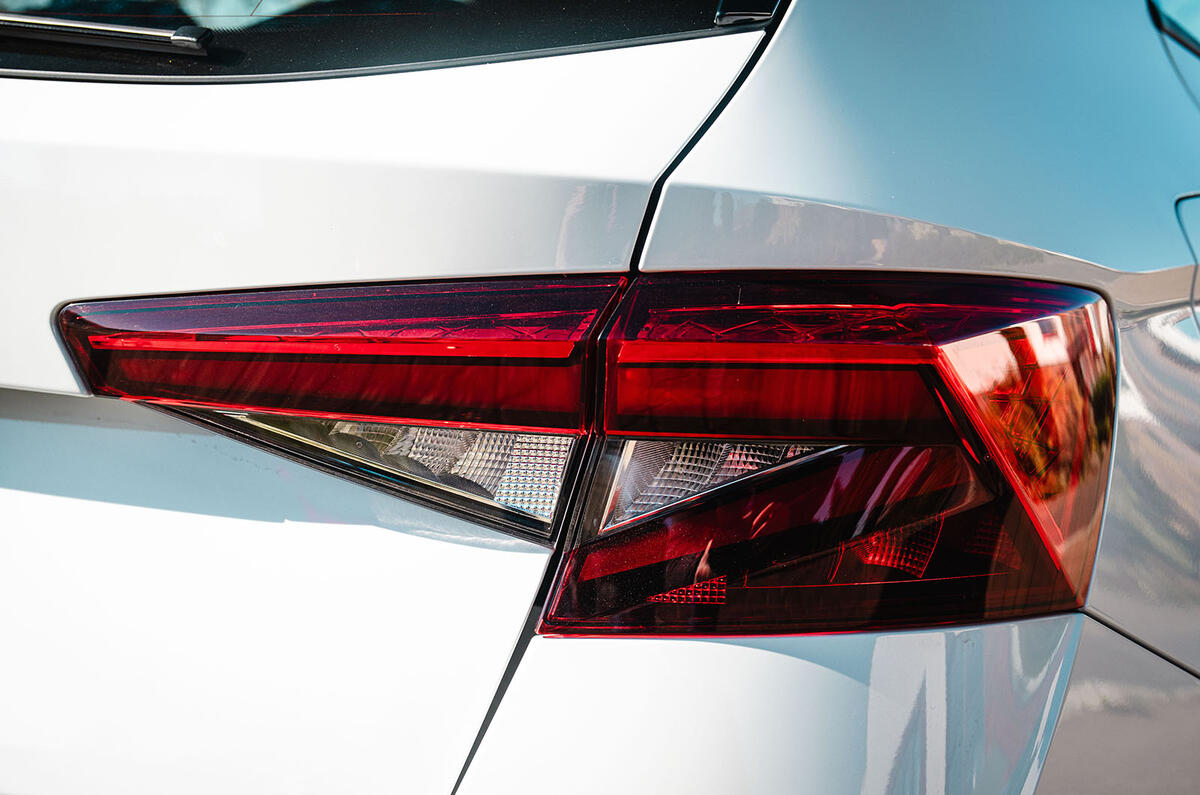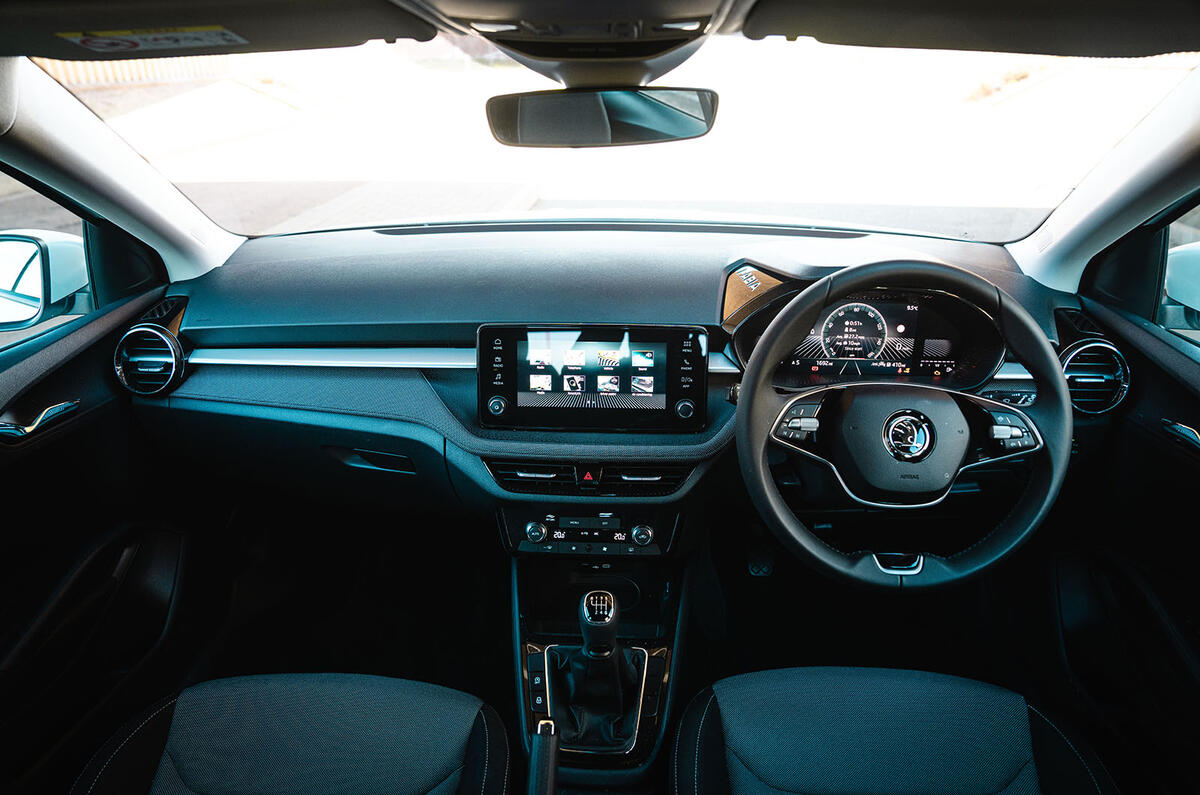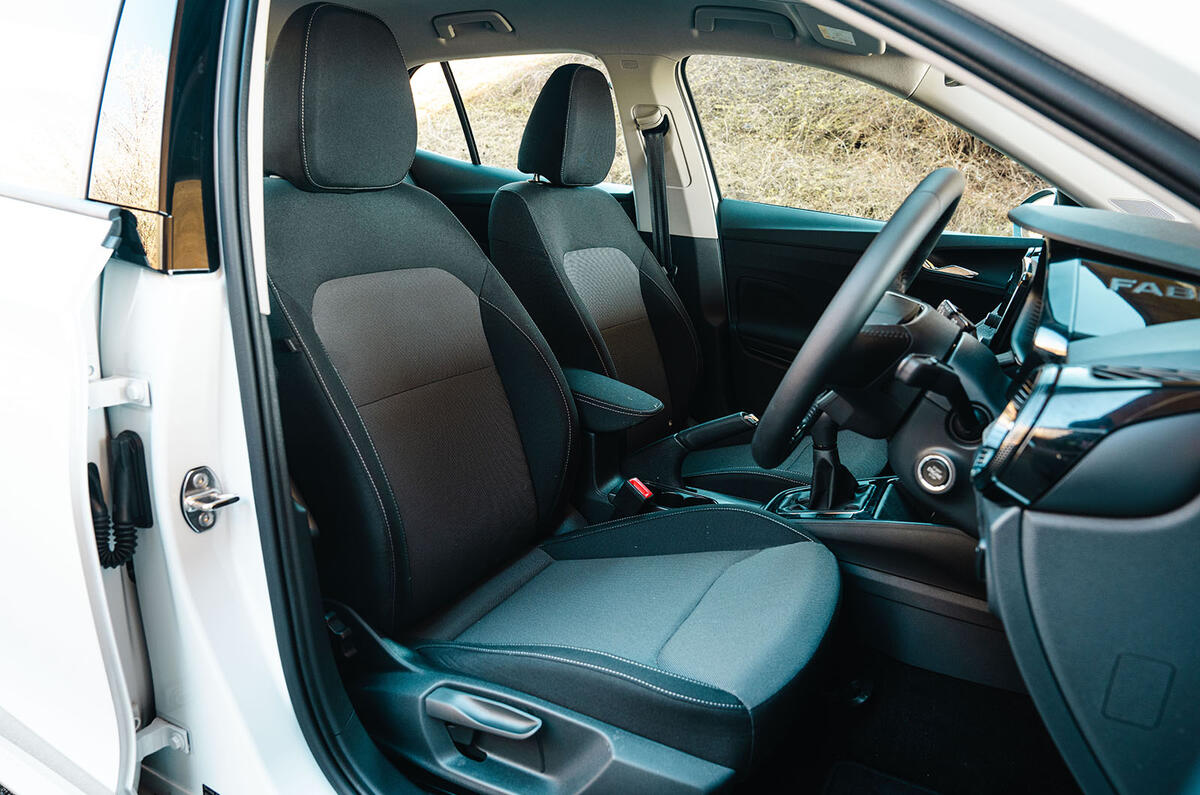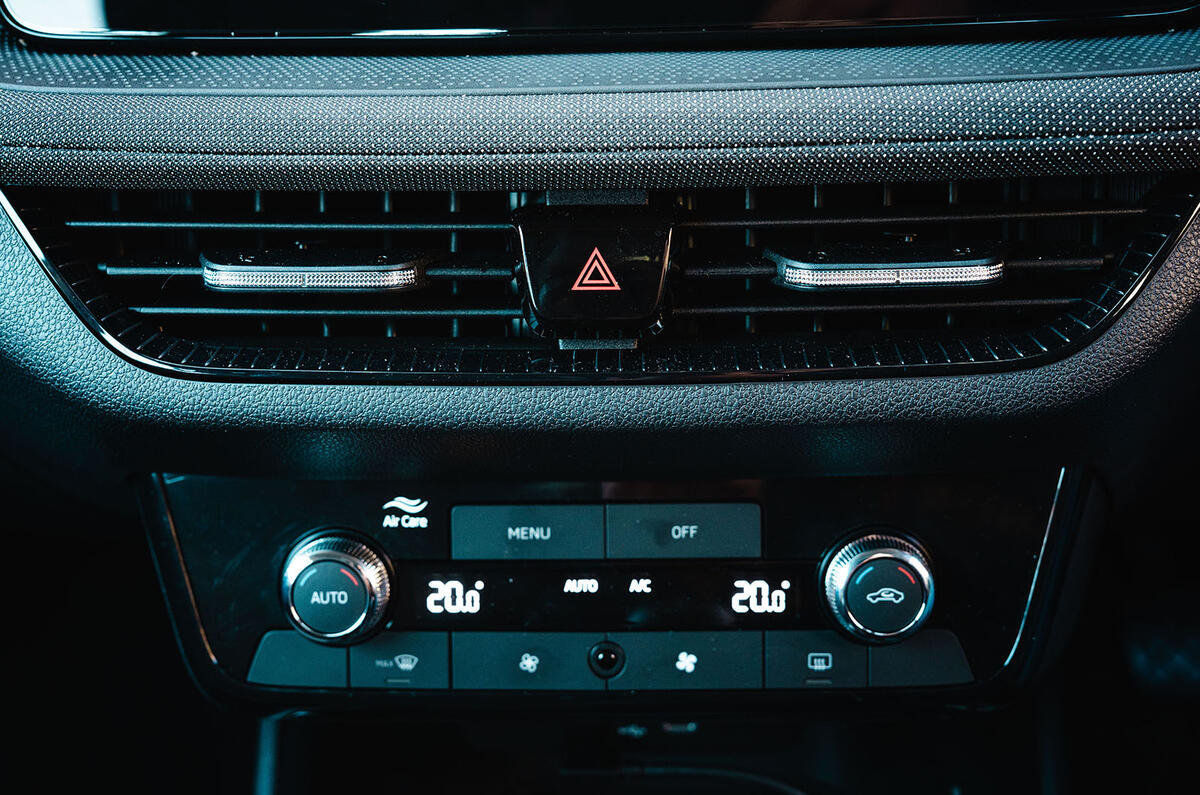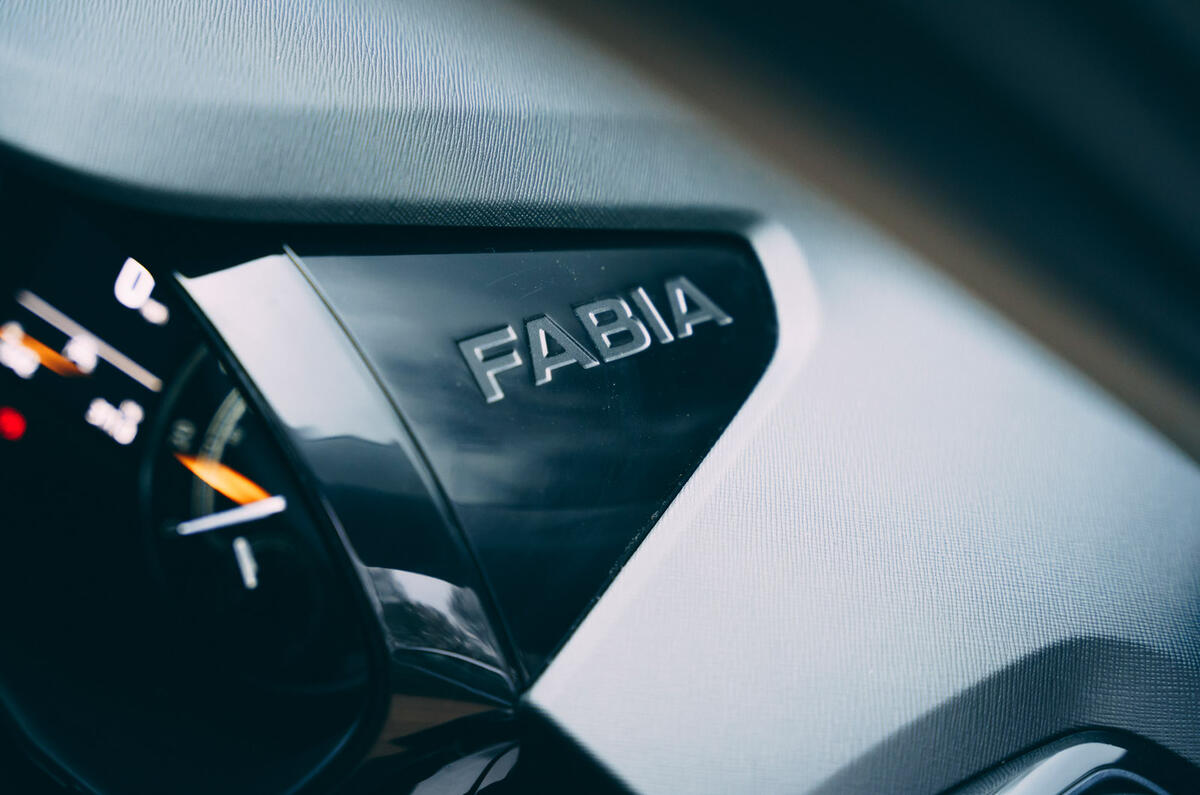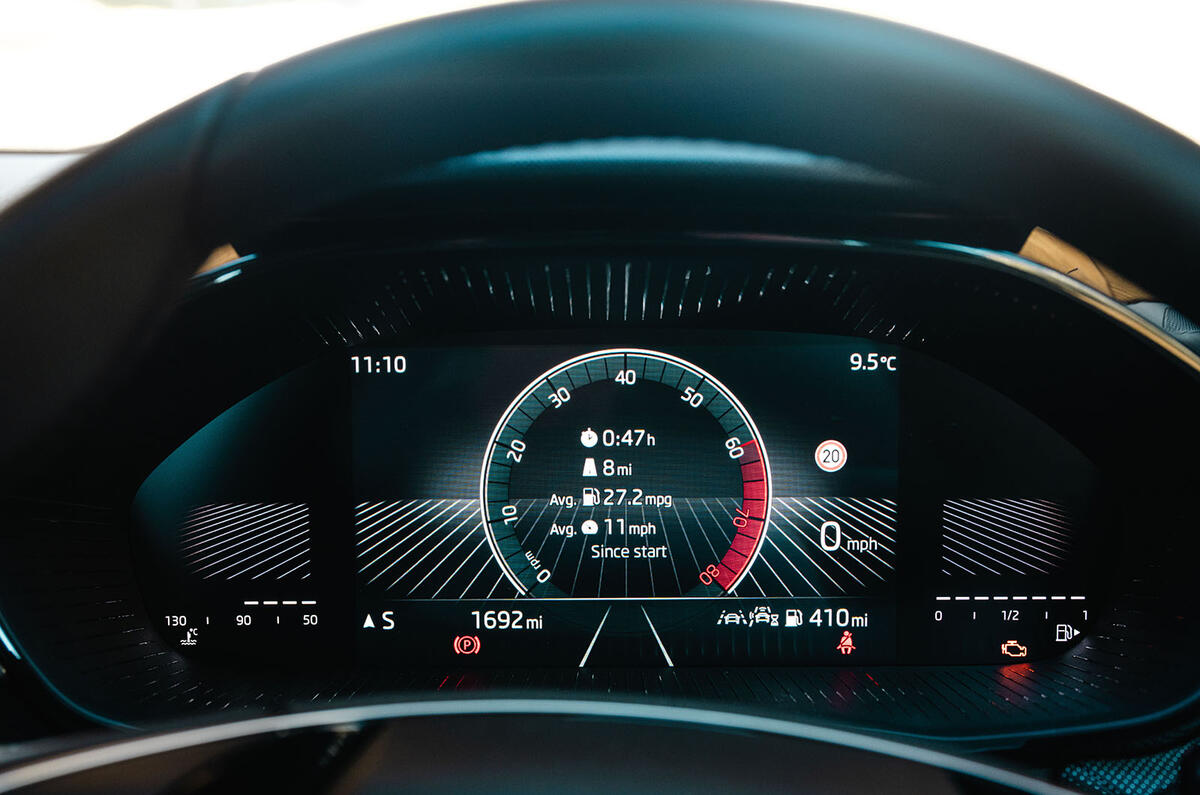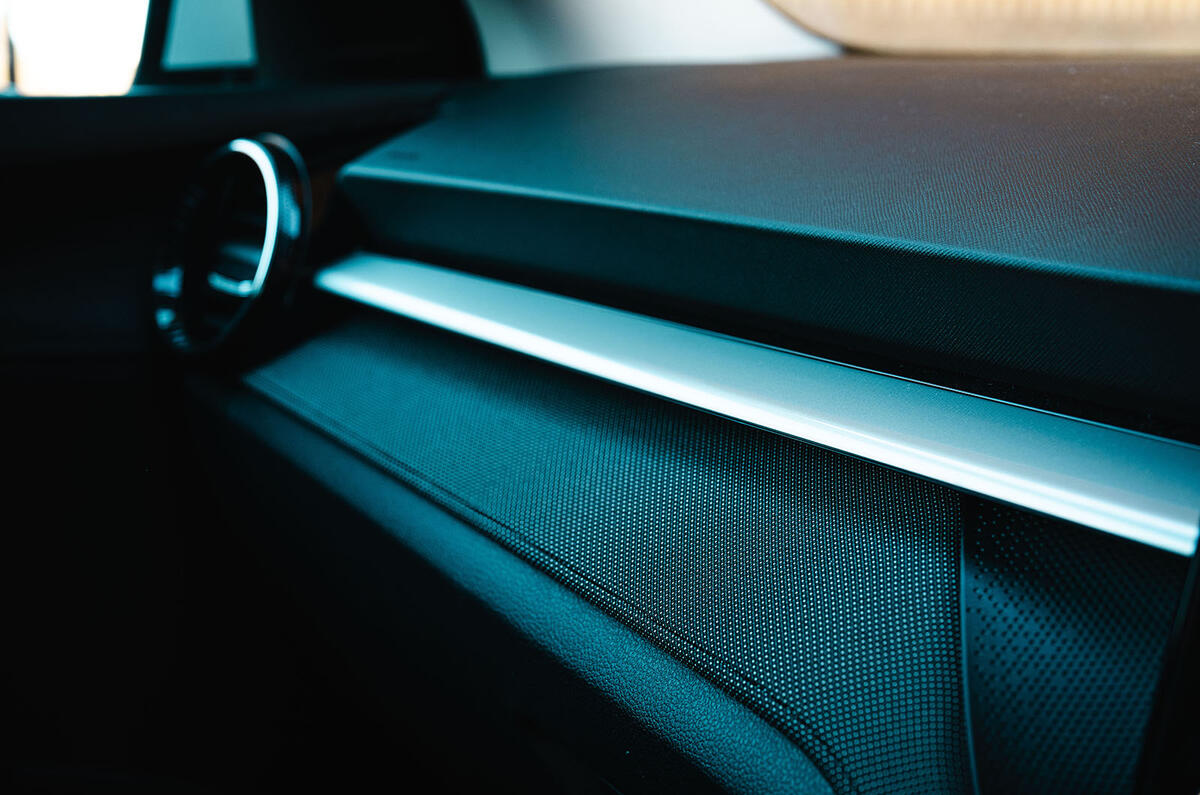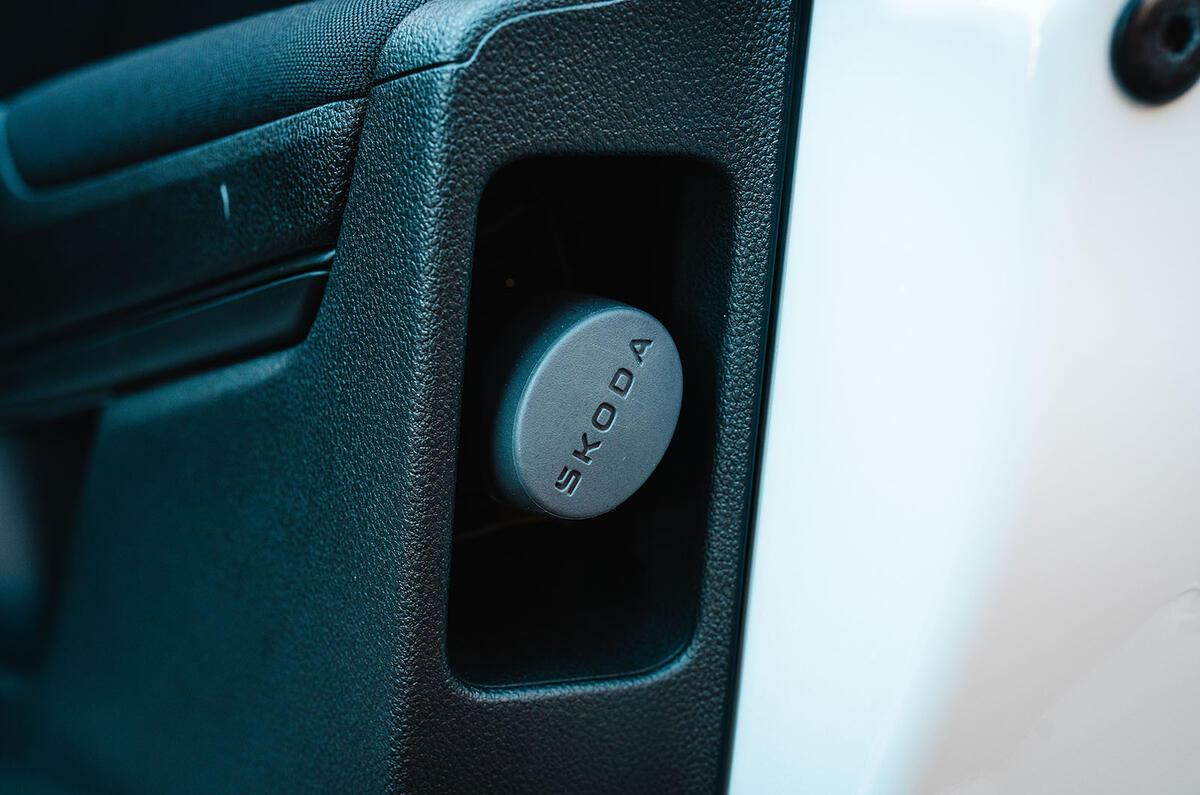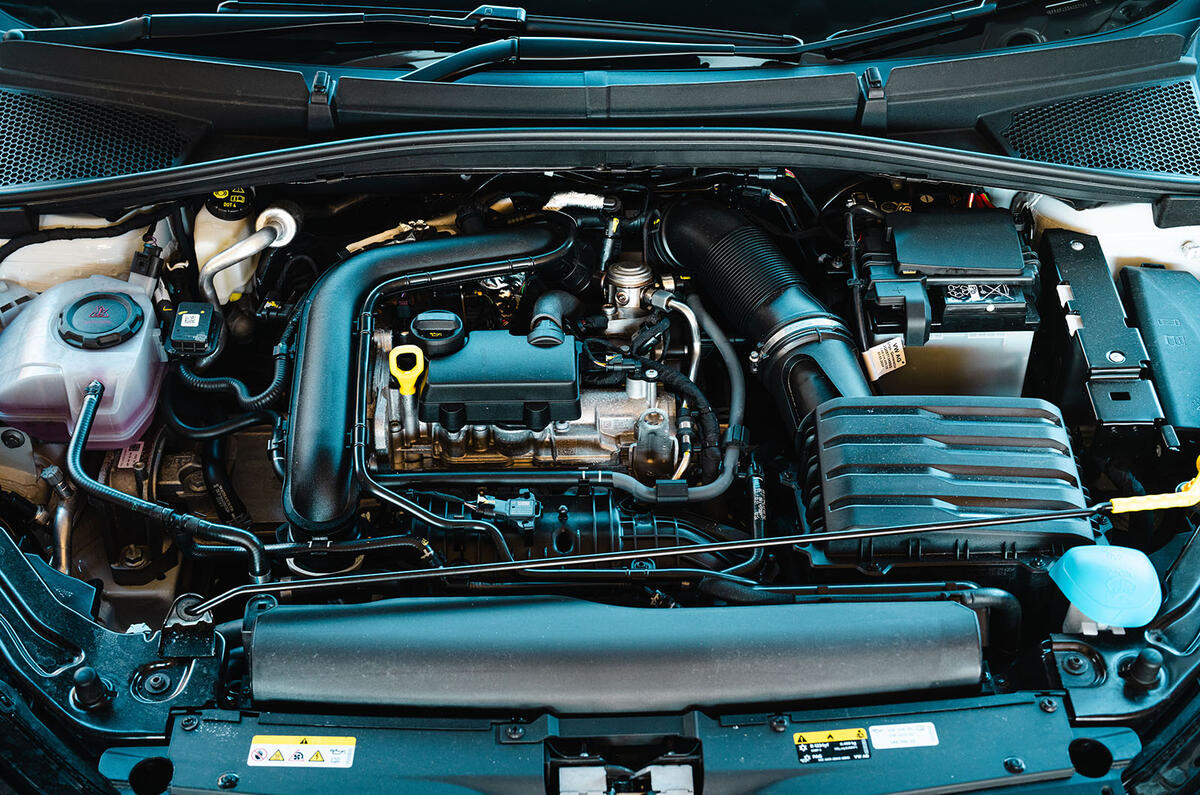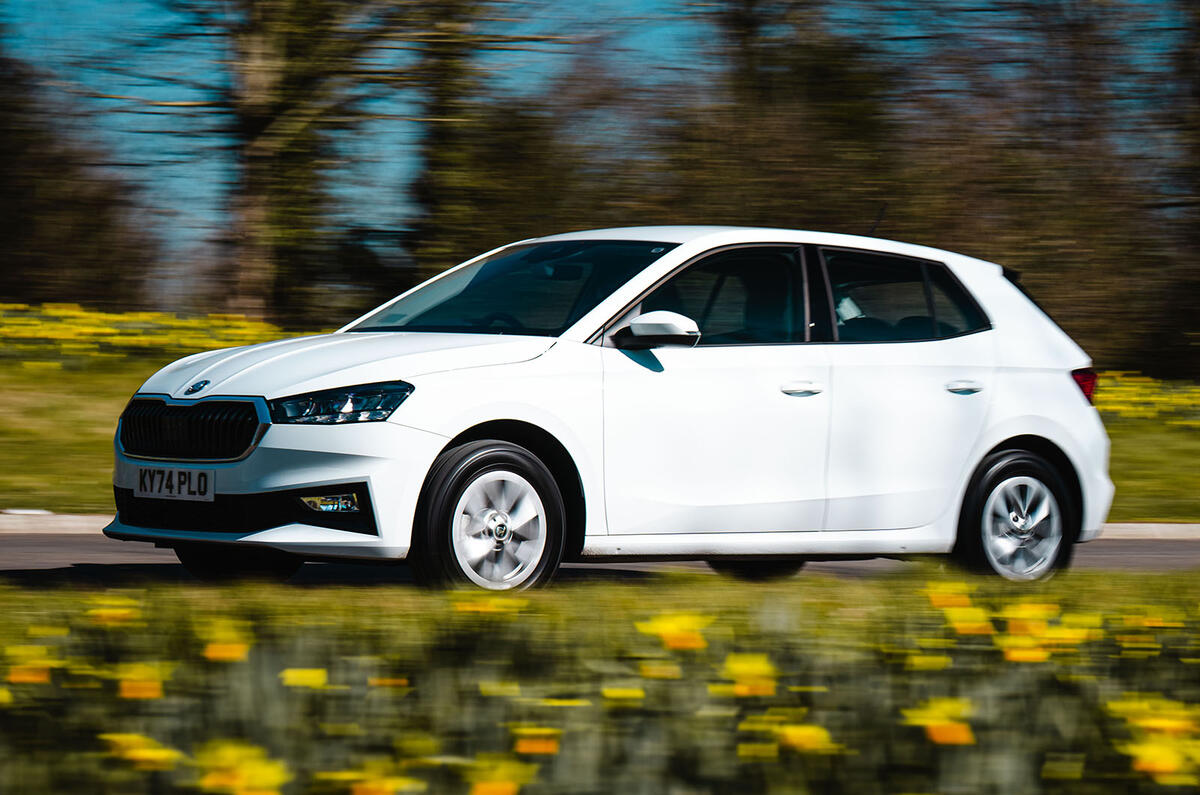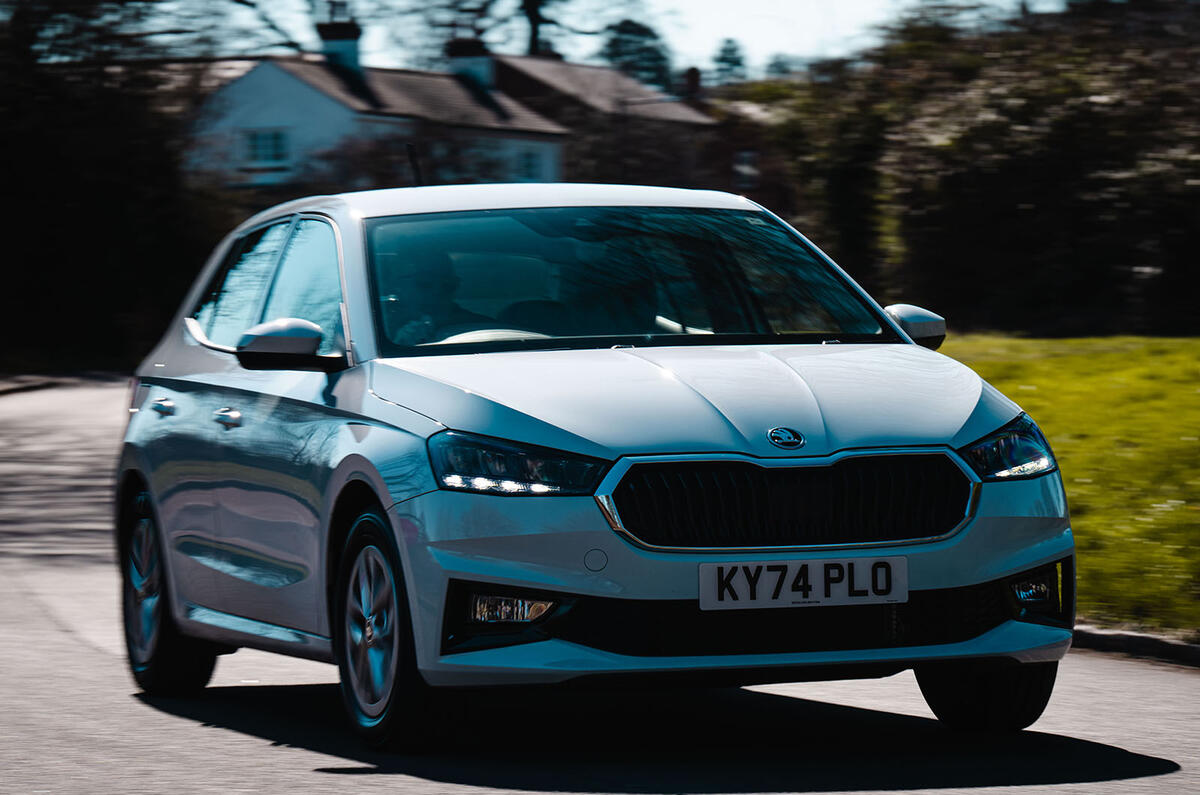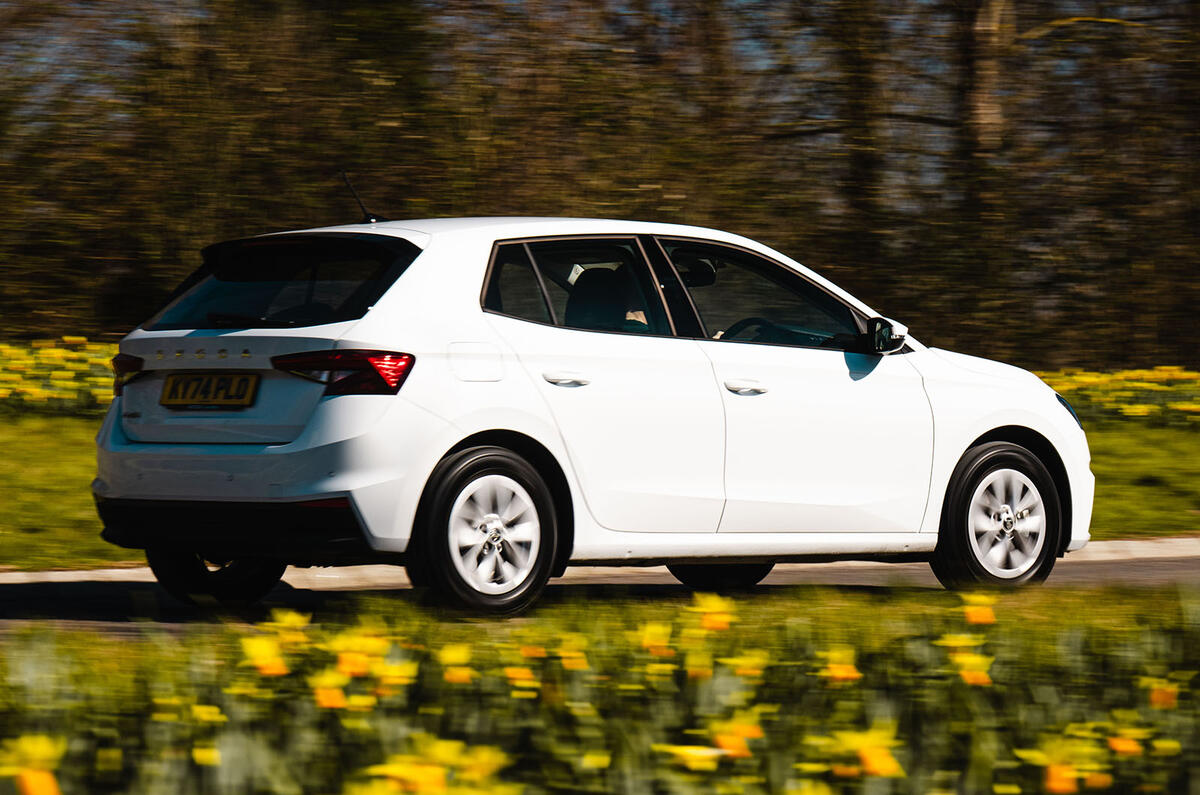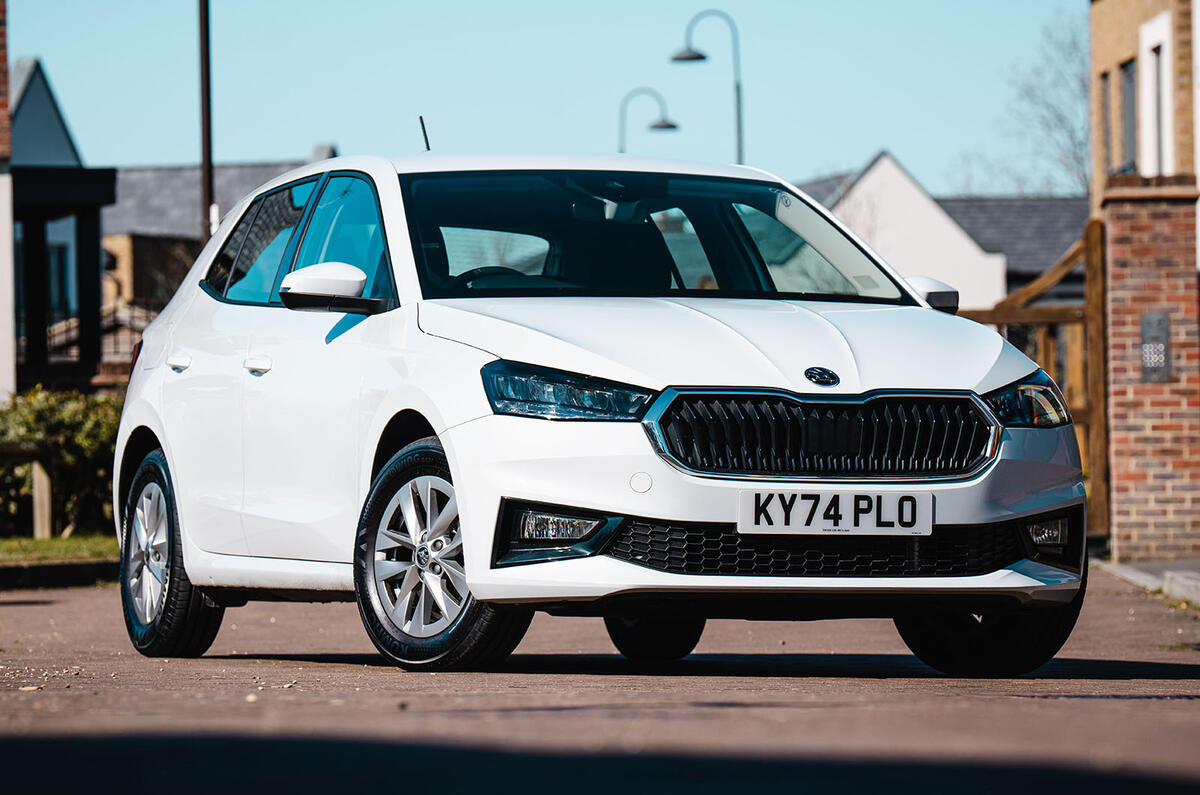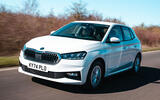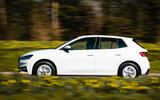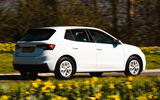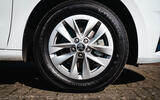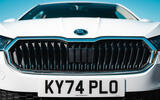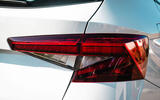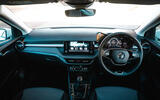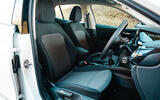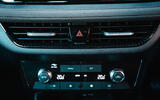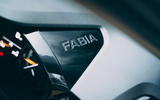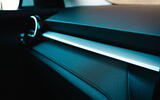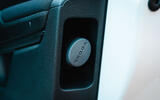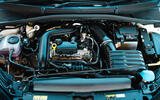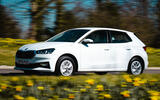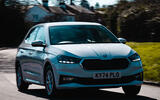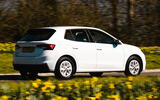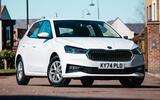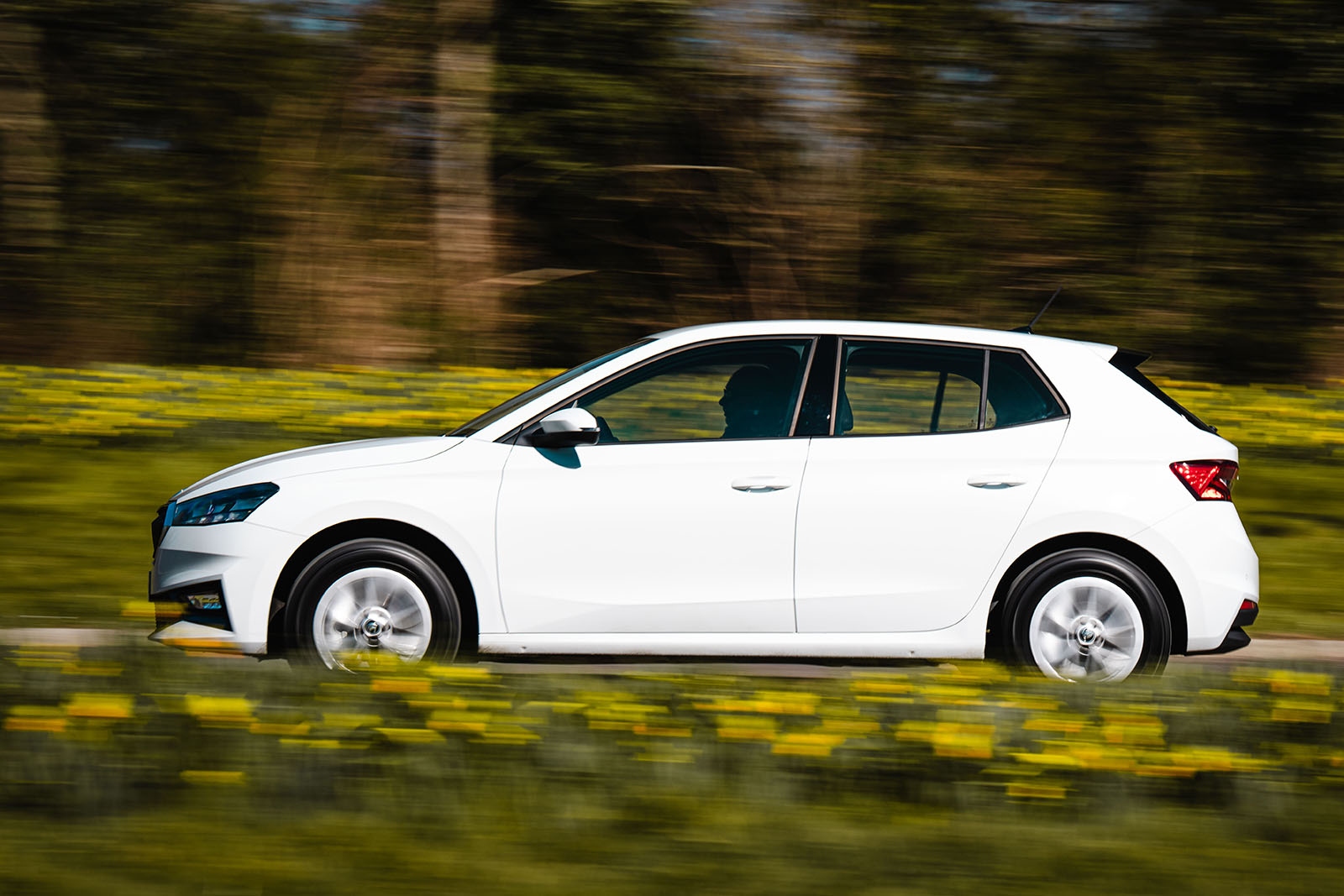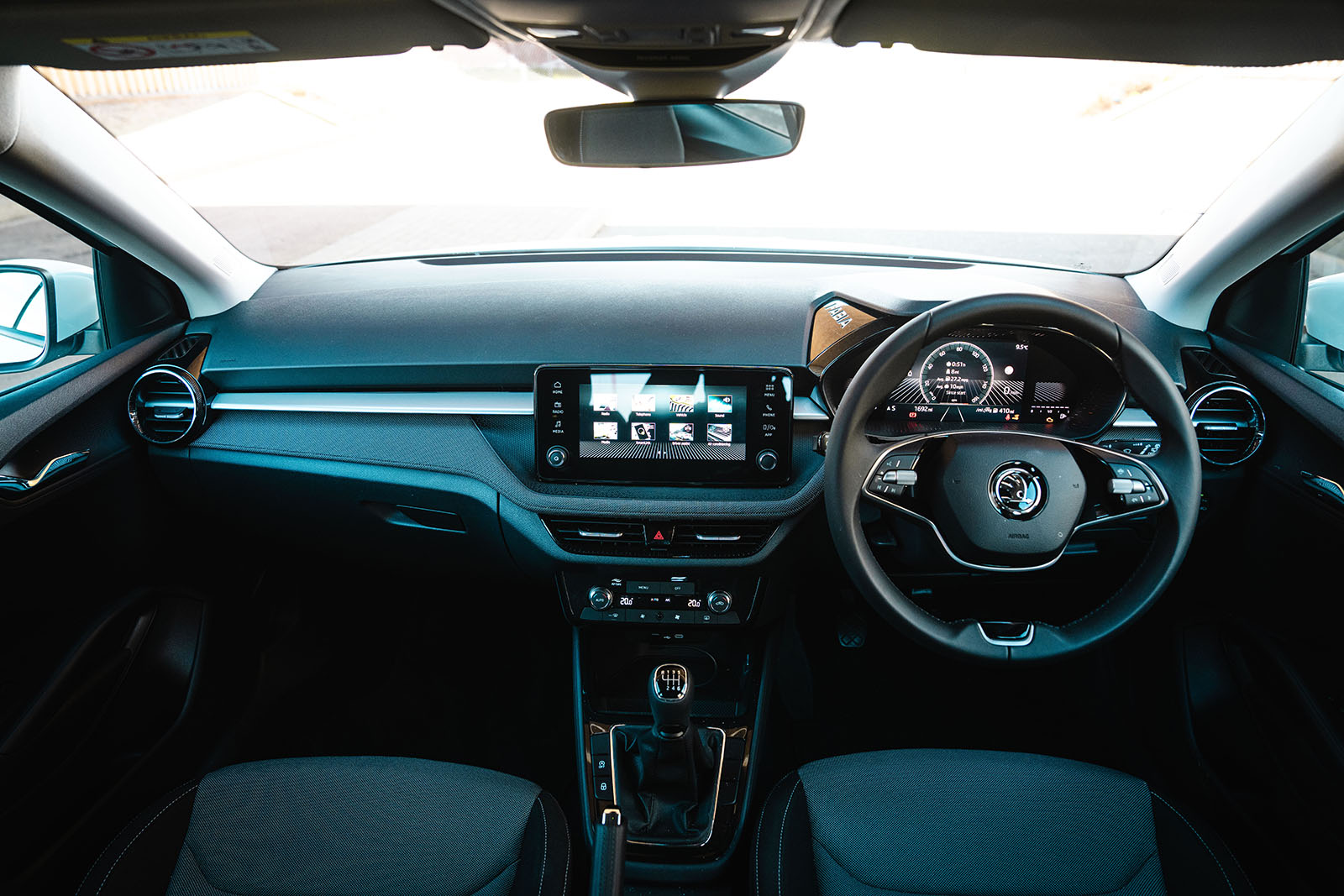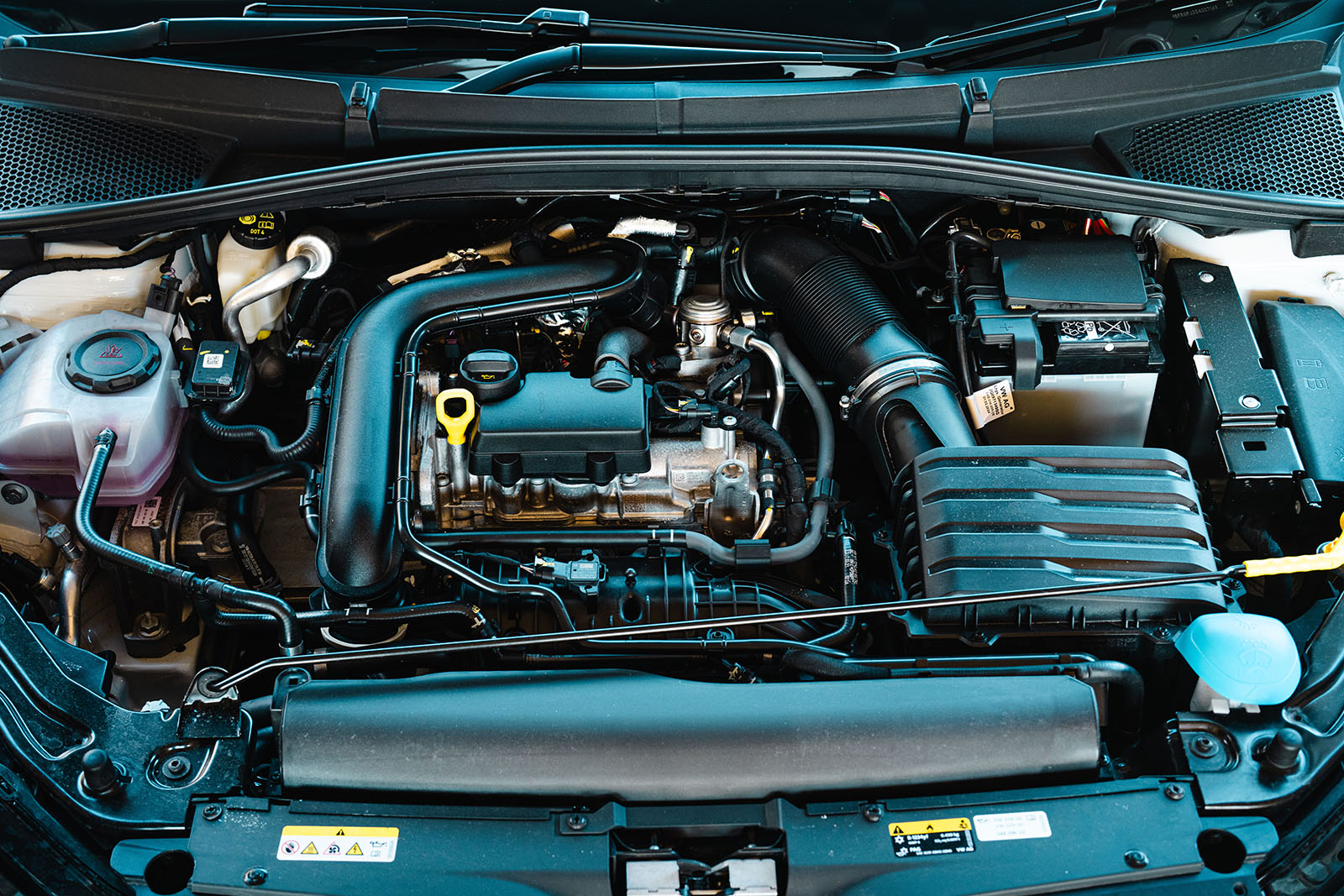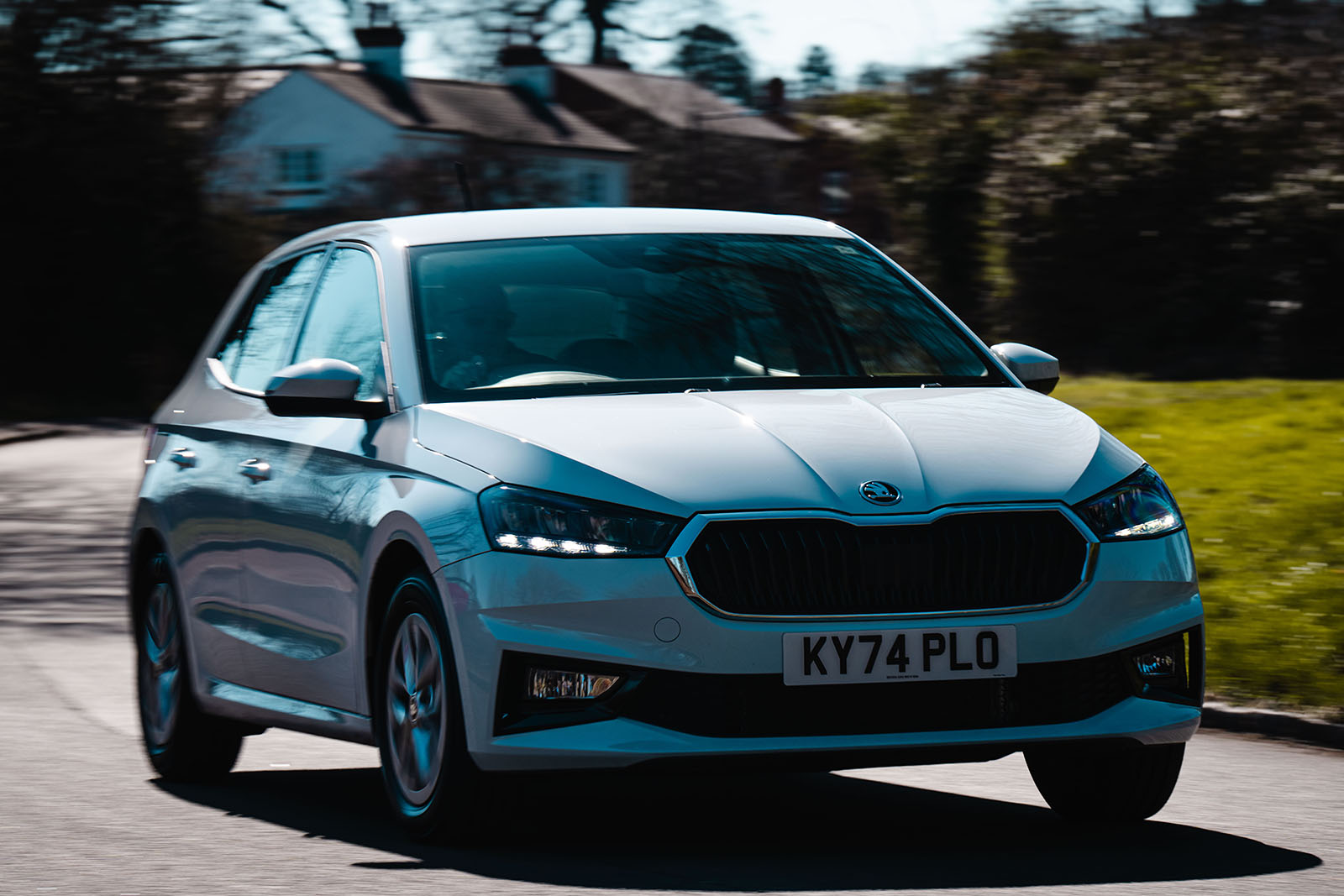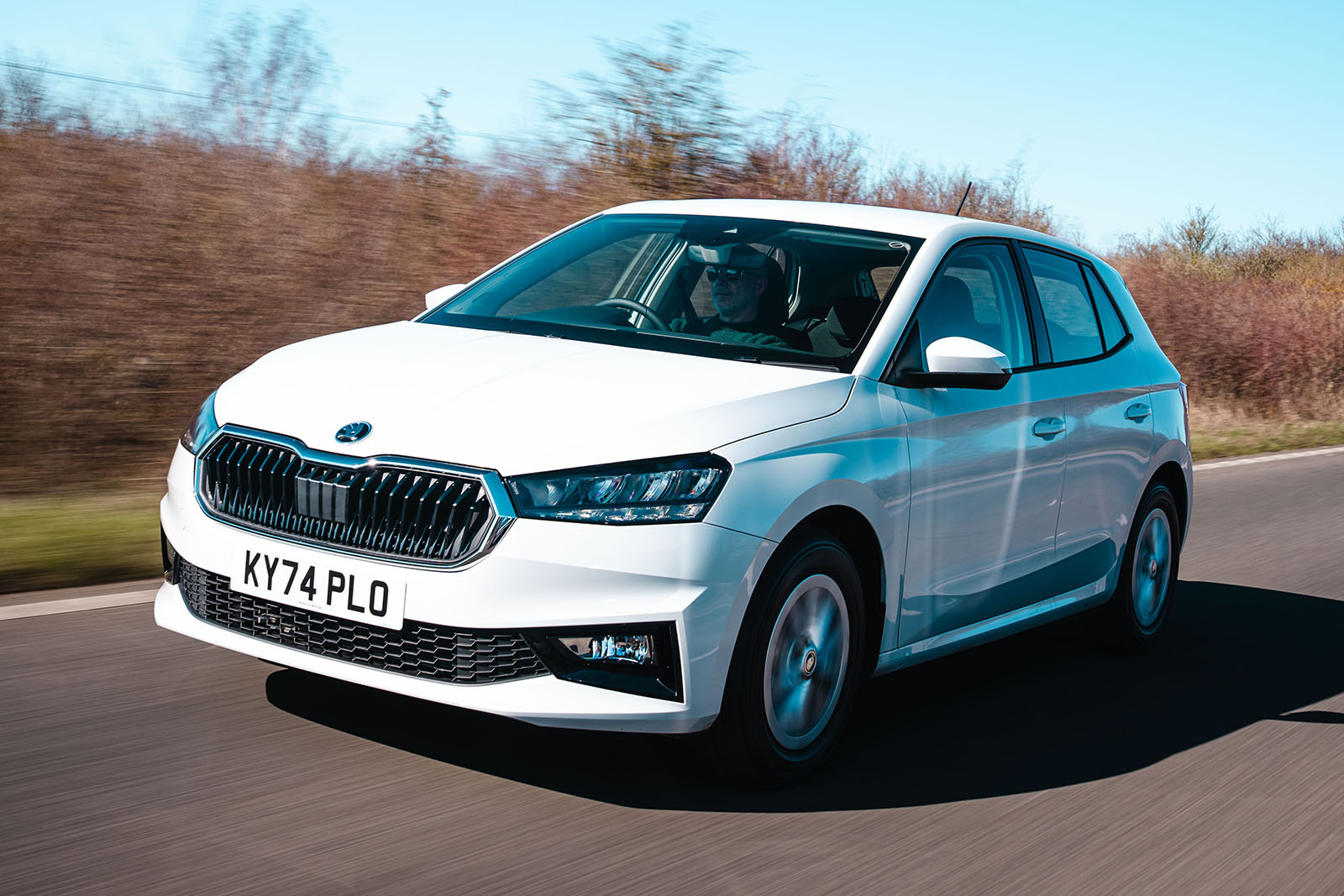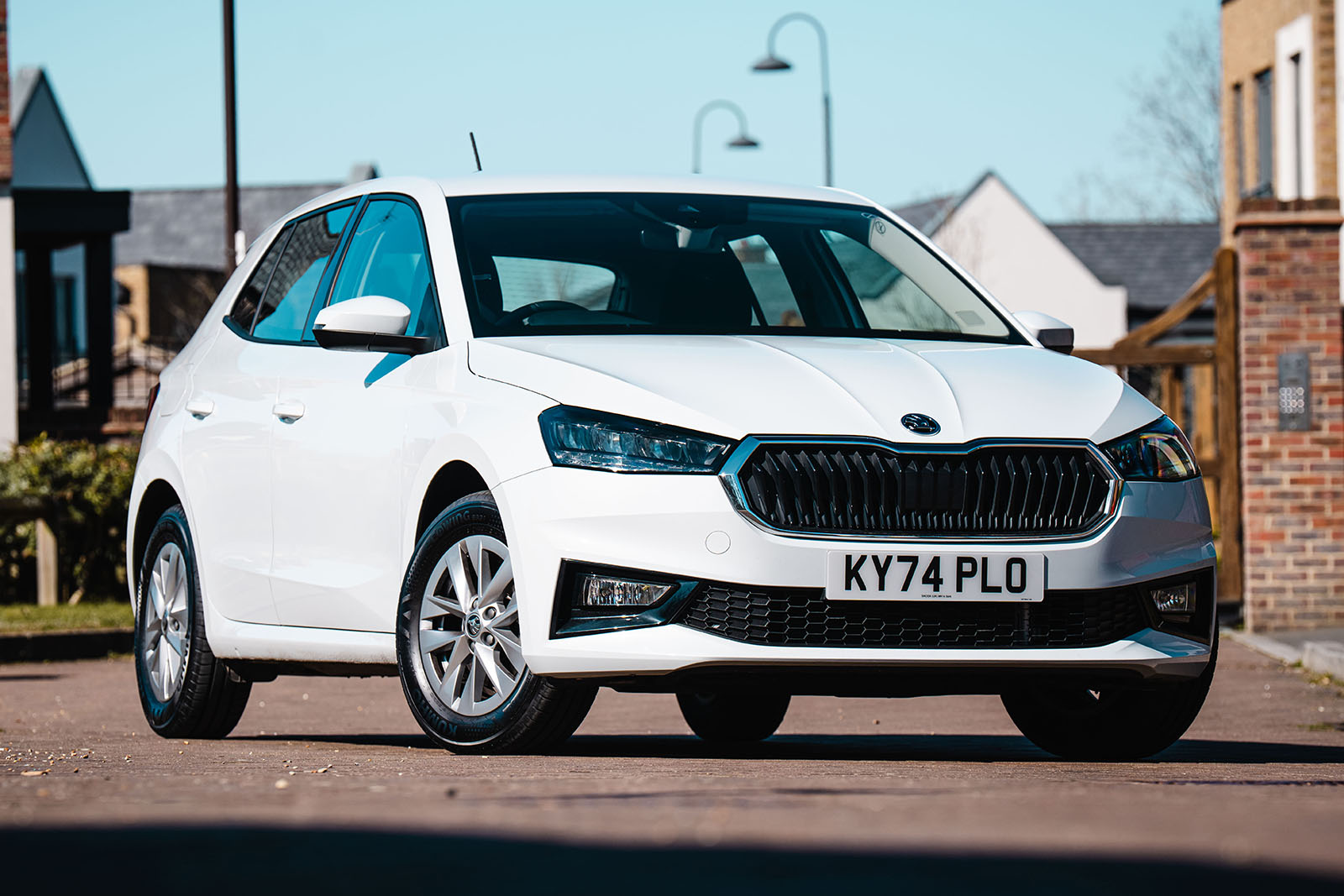The traction control can be completely disabled if you want it to be, but the stability systems always remain on and they deal with the beginnings of lift-off oversteer in a slightly heavy-handed manner, with brusque brake applications. It gets the job done, but it’s not as refined as some.
The computers are more adept at dealing with understeer. From the moment the front axle starts to wash wide, the system very gradually limits power to bring the nose back into line. In other words, even if the driver misjudges a tight, slippery corner, the Fabia will try its hardest to round the corner with as little drama as possible.
That behaviour typifies the Fabia’s viceless but bland handling. There's no sporty vRS version of this generation of the Fabia, and that makes sense – not because the MQB platform precludes it but because making the Fabia engaging down a B-road would have to be such a change of character that the family connection between the vRS and the cooking model would become rather tenuous.
Assisted driving notes
The Fabia gets a suite of ADAS as standard, such as autonomous emergency braking with pedestrian detection and lane keeping assistance. We didn’t experience any false activations of the emergency braking and the lane system wasn’t particularly intrusive. Both can easily be disabled using the buttons on the steering wheel.
A full semi-autonomous adaptive cruise control, with lane following and speed limit recognition systems, is optional but at a not-inconsiderable cost. Adaptive cruise control is available on TSI engines in Design spec and above, while the addition of lane following and digital gauges is available on only SE L cars.
Comfort and isolation
The Fabia may not entertain in the corners, but that end of the market is covered by the Ibiza. The other upshot of the Fabia’s soft suspension is that it rides particularly serenely. Especially with the 15in wheels and 65-profile tyres, it takes some truly nasty bumps for harshness to filter through to the cabin. Longer-wave bumps are simply shrugged off.
Monte Carlo cars, however, have an urban ride that is jittery and somewhat harsh, especially when going over rougher sections of road. Hitting potholes at higher speeds sends a slight jolt through the cabin, and overall you feel like the car isn't riding the best it can.
Nevertheless, in every version the seats contribute to a good level of comfort. They’re largely standard-issue Volkswagen items, but that’s no bad thing. They’re quite soft yet supportive and the driver’s seat adjusts for height as standard. SE Comfort trim and above even add manually adjustable lumbar support, while Monte Carlo gives you some attractive bucket seats that provide excellent lateral and under-thigh support.
It’s easy to find a comfortable driving position and long drives are not an issue. If we’re nitpicking, a bit more adjustment in the steering column would benefit tall drivers.
So in terms of comfort, the Fabia feels similar to the Polo, except that in the right specification it has an even smoother ride than the already compliant Volkswagen.
The only area where the Polo still has a major advantage over the Fabia is in noise insulation. Whereas the Polo’s levels of road noise are more akin to a car from the class above, the Fabia is one of the noisier superminis at motorway speeds. It’s on a par with rivals at speeds of up to 50mph, but at 70mph most are a few decibels quieter.



